[Here’s a link to other forays around my map.]
Waterfalls! Fair enough, I was not expecting the heights of Angel Falls (named after an American explorer and bush pilot, Jimmy Angel, who crashed his plane on Auyán-Tepuí in 1937) or the volume of Inga Falls (more than 46 million litres of water flow through Inga Falls each second), nor even The Denmark Strait cataract – an undersea waterfall found on the western side of the Denmark Strait in the Atlantic Ocean, with water falling almost 3,505 meters. But the word ‘waterfall’ was not something I expected to see on this flat, suburban lowland map of mine so I was excited to investigate.
Cycling into my grid square chasing waterfalls, my heart sank a little when I saw that the stream ran straight across a golf course. The chances of finding a wild, un-meddled watercourse fell faster than when Tyler Bradt kayaked off Washington’s 189-foot Palouse Falls. In my mind, golf courses are like a certain type of model. On first glimpse my eyes light up at the sight of swathes of undulating, lovely lushness. But very quickly my passion plummets at the emptiness of what I am seeing, the lack of depth, variety or natural beauty concealed beneath an artificial, preened veneer. The golf course did not bode well for the waterfalls. Sure enough, most of the stream’s length had been corralled into culverts and tunnels and there was no sign of a waterfall. There was one more marked, upstream a little, in some overgrown woodland. Determinedly, I waded down the stream to try to find it. Alas, the stream passed into a private garden and I was reluctant to go further. But I could see that the waterfall had once again been tamed, turned into a concrete channel that fell forlornly a foot or two before heading out onto the golf course. I was disappointed, but not surprised.

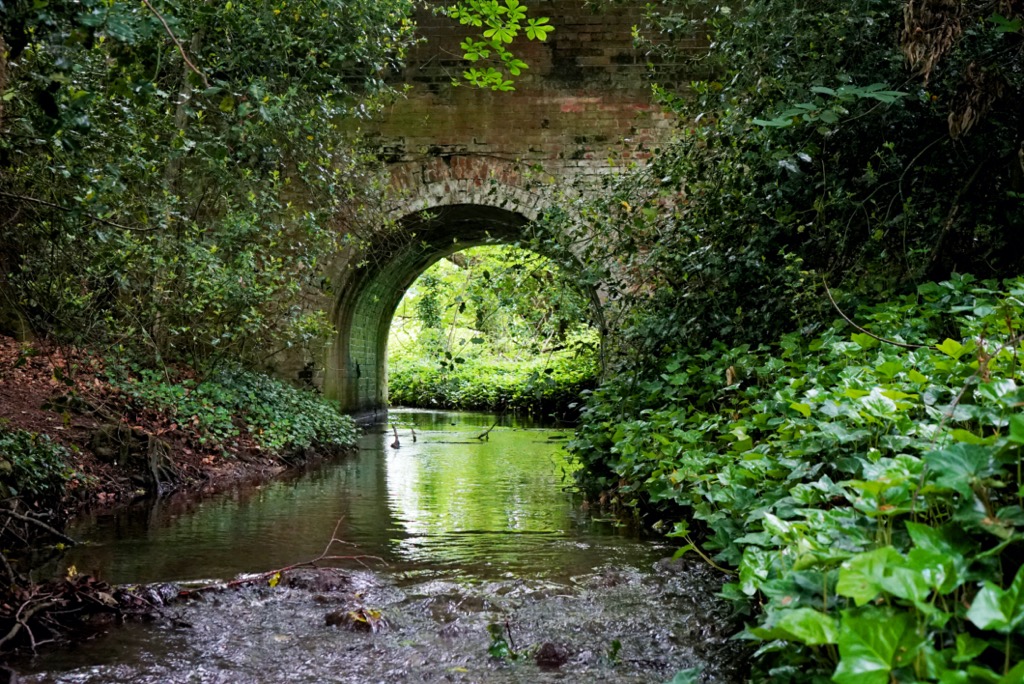
I did, at least, enjoy walking up the stream on this warm June day. Dazzling blue dragonflies shimmered around the water, although later Googling told me that they were damselflies, creatures that I never even knew existed! Beautiful demoiselles are, well, beautiful! Often confused for a dragonfly, these giants of the damselfly world are hard to miss with their metallic blue and green colours. They live on small, fast flowing rivers in the west of the UK. They can be seen flitting and fluttering over head as the male tries to attract a female with its impressive dance moves! Male Beautiful demoiselles have dark-coloured wings and metallic blue-green bodies; females have brown wings and green bodies.
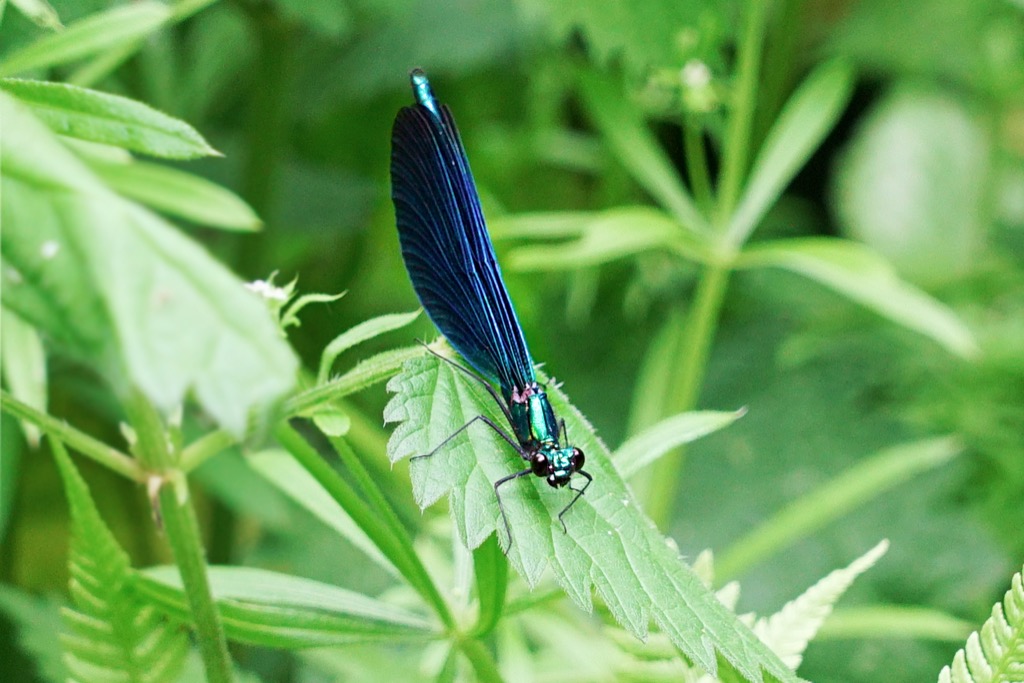
I realised that I had arrived in today’s square in a mad rush to bag it and then get out of here. That was never the aim of this Single Map project. So I forced myself to slow down by turning my Seek app to a meadow filled with knee-high grasses. Meadows and grasslands were an intrinsic part of British agriculture, bursting with colour and the hum of insects, but a staggering decline has left this important habitat covering just 1% of the UK. Over 97% of wildflower meadows have been lost since the 1930s. A meadow remains an important and crucial habitat, with over 150 different species of flower and grass that support a myriad of insects from bees and beetles to grasshoppers and butterflies, which in turn support many small animals and birds. A meadow can contain up to 40 species per square metre.
The first plant I identified was Common Sorrel which prompted me to WhatsApp a friend of mine who named his daughter Sorrel. I had not seen him in many years. Here I was, trying to remind myself that there was a world and a heaven in a tiny wildflower meadow in England, but also pinging a message thousands of miles through the ether. My friend replied in seconds, pleased to be back in contact, and sending me photos of his Sorrel in the beautiful mountains where they live on the other side of the world. There is wildness and beauty here; there is wild and beauty on the other side of the world. Which is better? Perhaps the one you are in; the one that makes you pay attention?
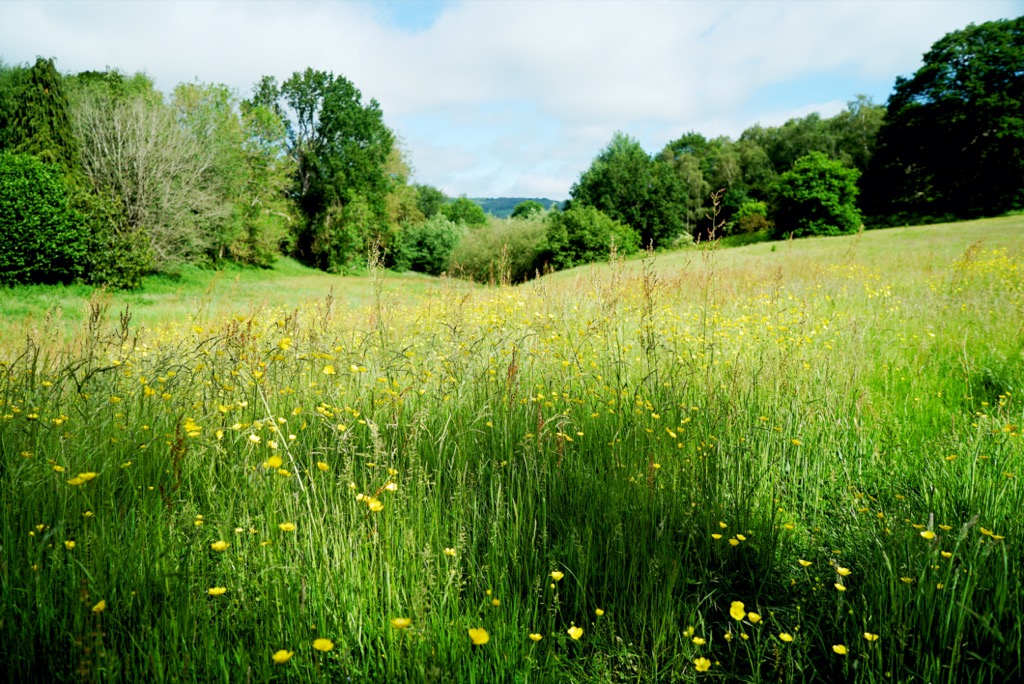
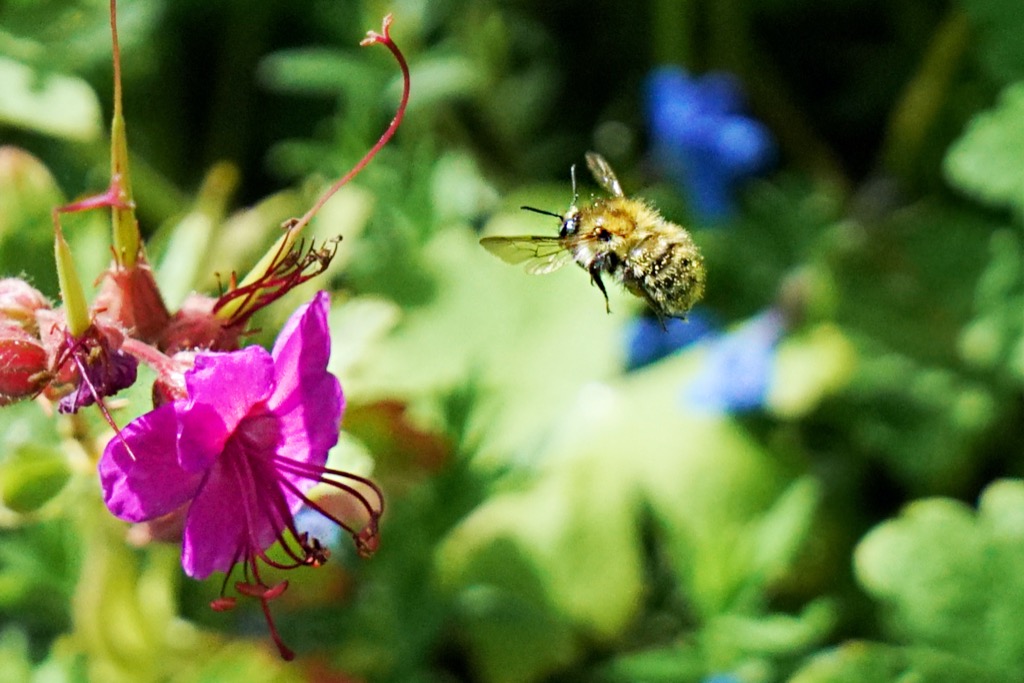
When you see a path going off into the woods, the sensible thing to do is always take it. I passed through a gap in a hedge, probably too large to be a smeuse but the word is so superior to ‘gap’ that I’m going to claim it. (A smeuse is a word revived by Robert Macfarlane’s pursuit of lost words in his book Landmarks, and means ‘a hole at the base of a hedge (or fence) made by the repeated passage of animals’.) I pushed through some ferns gleaming in the sunlight with a fluorescent green glow and emerged on a busy main road. Ferns are ancient plants whose ancestors first appeared on Earth over 300 million years ago. Ferns are one of the earth’s oldest plant groups and dominated the land before the rise of flowering plants. During the age of the dinosaurs, ferns reached magnificent proportions, many over one hundred feet tall.

I crossed the road, trusting my map reading skills to pin down an unlikely-located footpath. It is a blessing in the UK to have such good maps and I appreciated the rewards of being able to interpret them and read them very well. It clearly was not a popular footpath for it was completely overgrown with nettles. Here in June we have maximum daylight and maximum growth. We are at the very opposite time of year to the denuded, skeletal days of dark December. There is so much green at this time of year. I braced myself, then launched myself in my shorts and t-shirt into the gauntlet of nettles and brambles. I have a wary respect of nettles, probably overblown from a childhood dread of nettle stings. The Romans are credited with bringing seeds of this plant with them into Britain; by flogging themselves with the plants, they apparently kept warm in the colder northern climate. They would tie bunches of fresh nettles together and the afflicted area of the body was thrashed repeatedly to create heat in the limbs and to stimulate blood circulation.
A nettle’s sting is like a hypodermic needle. It’s a hollow hair which is made of silica and contains a venom, composed of histamine, acetylcholine and 5-hydroxytryptamine amongst other substances which have yet to be identified. The hair is extremely brittle and it only takes the lightest of brushes to break off the point and inject its unlucky victim. However, it’s exactly this stinging power which has allowed a special relationship between nettles and over 40 species of invertebrates to develop. The invertebrates such as caterpillars, ladybirds and aphids are protected between the stinging hairs of the leaves from grazing animals, such as sheep and cattle. This bounty of insect prey, in turn, attracts amphibians, hedgehogs and agile woodland birds.
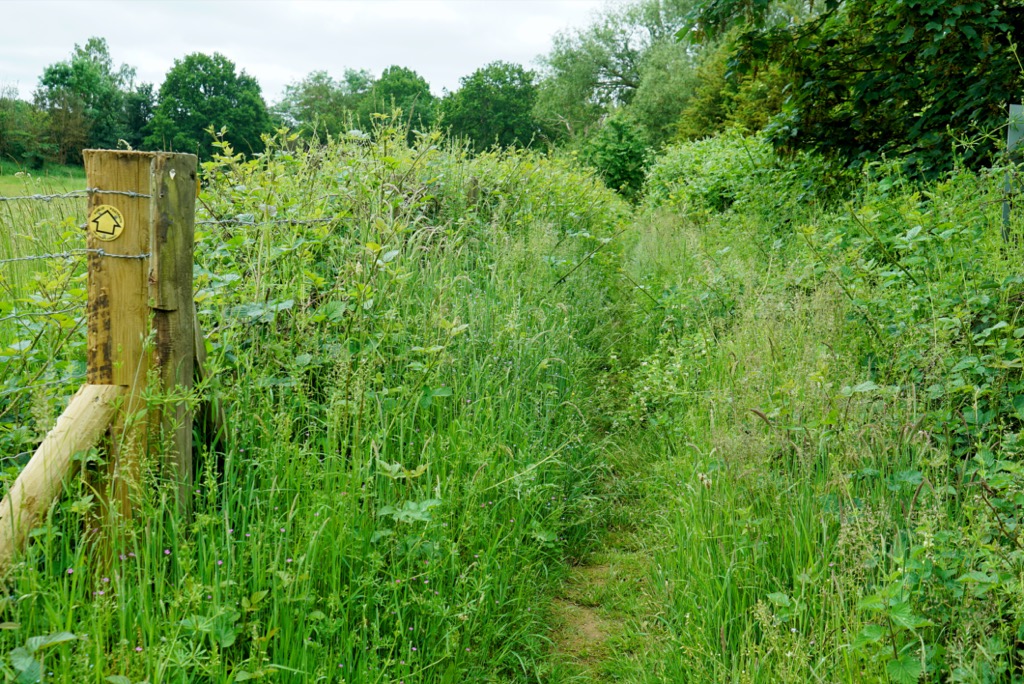
The bluebells have gone now from these woods now. They would have looked lovely a couple of months ago. Only their stems remain. It is rare in this year of exploring my map that I have noticed what has gone as the seasons turn – I am usually so taken with all the new stuff that appears every week or two that I am fully focussed on that. For example, I don’t recall ever seeing a baby squirrel until one scampered across my path and up a tall horse chestnut tree whose giant, candle-like flowers were in full bloom. The seasons roll on and months from now these will become conkers.
Passing through farmland and the fields of horses that are commonplace on this corner of my map, I see a small yacht, forgotten and forlorn, mouldering beneath a tarpaulin behind the stable block. I’ve seen several such sorry sights across my map, marooned in a field far from a rising tide. I wonder what percentage of yachts ever get sailed, how many days they spend under sail. With all the oceans of the world awaiting them, my lockdown heart goes out in sympathy to each sailing boat’s unfulfilled dreams.




A handful of beautiful homes, 300 years old, clustered around an old manor and farmhouse. A sign gave the manor’s website address, but visiting it redirected me to a somewhat surprising Chinese porn site. Leaving this idyllic, timeless hamlet (and pouting Chinese girls) behind I followed a narrow path wedged up against the railway line (all hail to the nettle strimmer here). In a field of ragwort was a yard of lock-up garages surrounded by cages of loud, angry dogs which intimidated me even from behind their bars. CCTV cameras kept an eye on the space, a punchbag hung in the empty work yard, and the area outside the unit was strewn with knackered old vans and burned out piles of rubbish.
Whatever went on here was a million miles (and a few hundred metres) from the tranquil scene of English respectability I had recently photographed. I did not linger here with my camera, moving on swiftly into a field which my map intimated held a pond but in fact had been bulldozed as if in preparation for new houses, and the wasteland orange earth was strewn with more shards of plastic than pebbles.
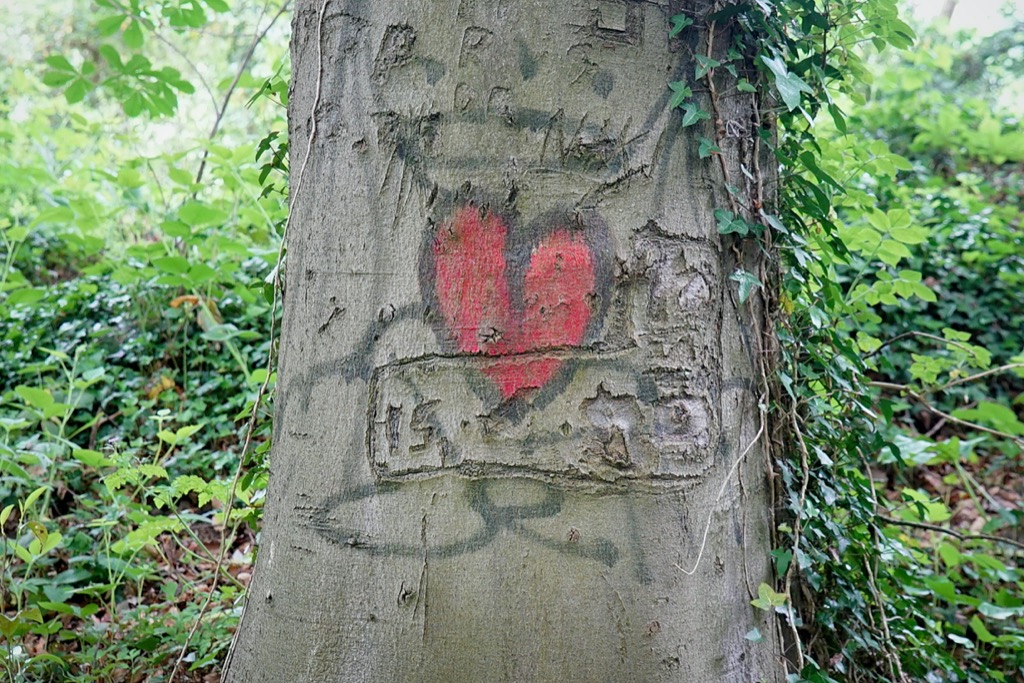
Mass production of plastics, which began just six decades ago, has accelerated so rapidly that it has created 8.3 billion metric tons—most of it in disposable products that end up as trash. Plastic takes more than 400 years to degrade, so most of it still exists in some form. Only 12 percent has been incinerated. Of the 8.3 billion metric tons that has been produced, 6.3 billion metric tons has become plastic waste. Of that, only nine percent has been recycled. The vast majority—79 percent—is accumulating in landfills or sloughing off in the natural environment as litter. Meaning: at some point, much of it ends up in the oceans, the final sink.
If present trends continue, by 2050, there will be 12 billion metric tons of plastic in landfills. That amount is 35,000 times as heavy as the Empire State Building. 8 million metric tons of plastic ends up in the oceans every year. That is the equivalent to five grocery bags of plastic trash for every foot of coastline around the globe. The prediction that by mid-century, the oceans will contain more plastic waste than fish, ton for ton, has become one of the most-quoted statistics and a rallying cry to do something about it. Half of all plastic manufactured becomes trash in less than a year.
The lacy white bloom of elder flowers fills the hedgerows at this time of year. I thought of collecting some to make elderflower cocktail, a drink that has been around since Roman times. I like the idea of foraged food using simple, local ingredients. But the recipes I Googled were heavy on lemons and sugar (both native to Northeast India), as well as bag of flowers from the local hedge. So I gave up on that idea and instead cheered the first green woodpecker I have seen on these outings. It was a surprisingly chunky fellow. The green woodpecker’s tongue is quite the marvel – it’s so long, in fact, that it has to coil behind the skull, over the eyes and into the right nostril in order to fit inside the bird’s head. Measuring in at ten centimetres, the woodpecker’s tongue accounts for about one third of its body length. As is the case with most peculiar body parts in the natural world, there’s a reasonable explanation here, and it’s got to do with food. During the spring and summer months, the green woodpecker’s diet consists almost entirely of ants.
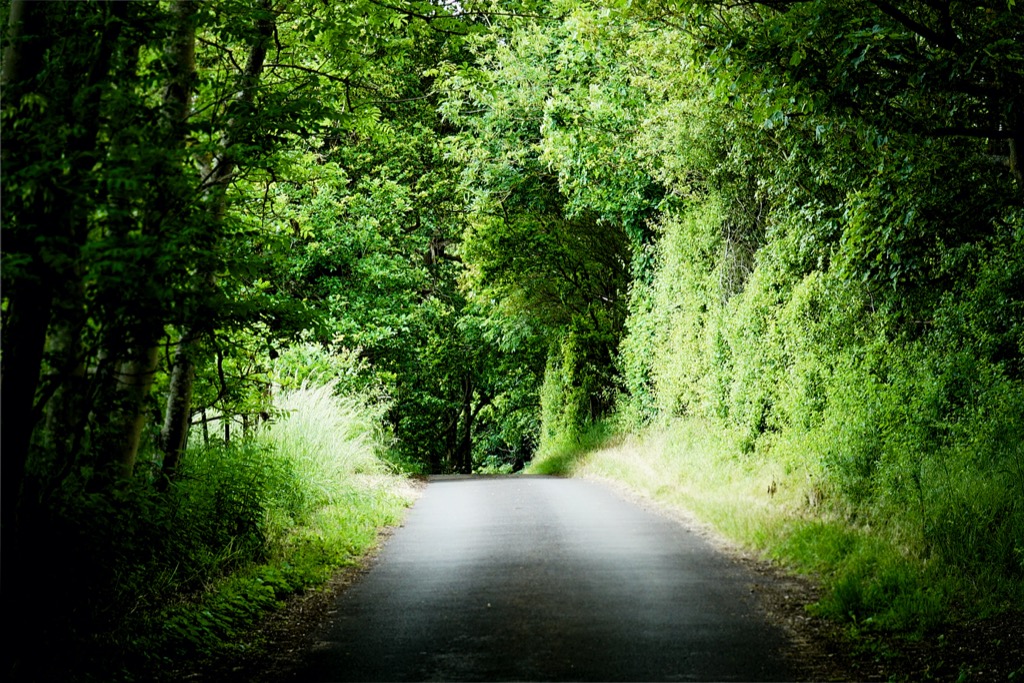
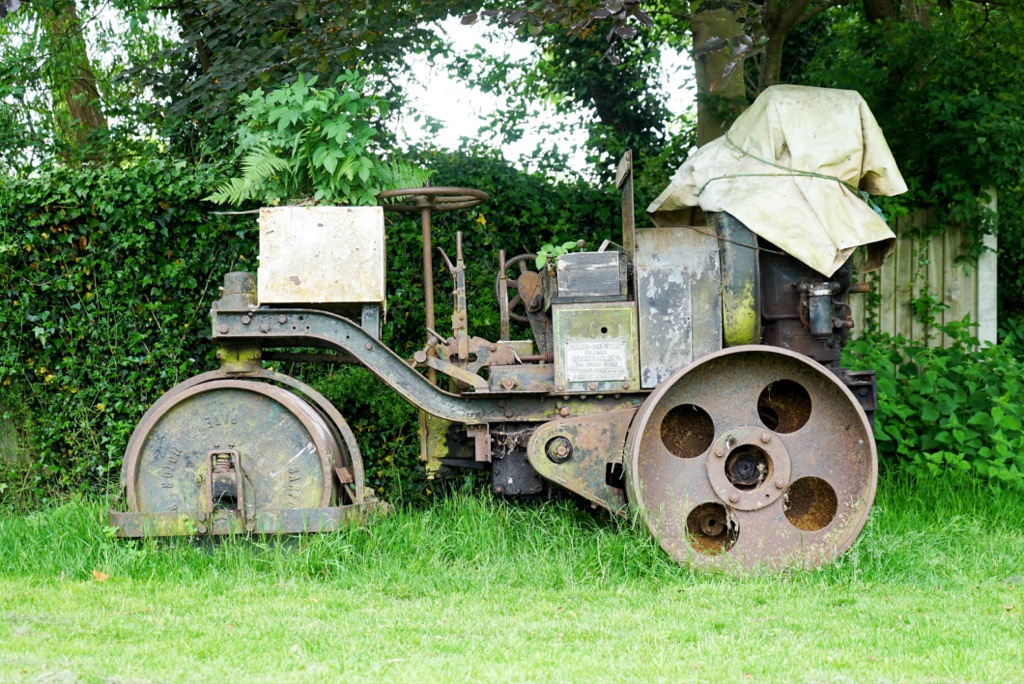

My phone alarm rang while I was crossing the golf course, on a footpath that ran precariously straight across the driving range. It reminded me that a partial eclipse of the sun was due shortly. I left the golf course and settled down on the outfield of a nearby cricket pitch to lie back and look up. A sunny morning had now clouded over, which was frustrating for my appointment with the heavens, but pretty minor compared to the tribulations of the French astronomer Guillaume Le Gentil and his cursed obsession to observe the transit of Venus. Le Gentil was commissioned by the French Academe to observe the 1761 transit of Venus. After three months at sea, Le Gentil arrived at the French colony of Mauritius to secure a voyage to Pondicherry, only to find the Indian territory under siege from English warships. Although he had papers granting safe passage, Le Gentil failed to receive permission, and the transit occurred while he was sailing back to Mauritius. This clearly made the task of precision timing impossible and the opportunity was lost.
Rather than give up, Le Gentil decided to stay in Mauritius for another five years, planing the best places to observe the next Venus transit in 1769. With the war over and letters of support from the Governor of Mauritius and the French Academe, Le Gentil boarded a Spanish ship bound for Manila in May of 1766. Unfortunately, after all his meticulous planning and a three-month voyage, Le Gentil was accused by the Spanish Governor of being a foreign spy. He fled Manila for Pondicherry, to observe the transit from the Indian Ocean destination. On the night before the 1769 Venus transit, the weather in Pondicherry was clear and everything was set. But, after nine years waiting for this fateful moment, the wind changed and the transit, clouded out, was unobservable. After two failed attempts at observing a Venus transit, spanning a total of 11 years, Le Gentil decided to return to France – a journey that took more than a year.
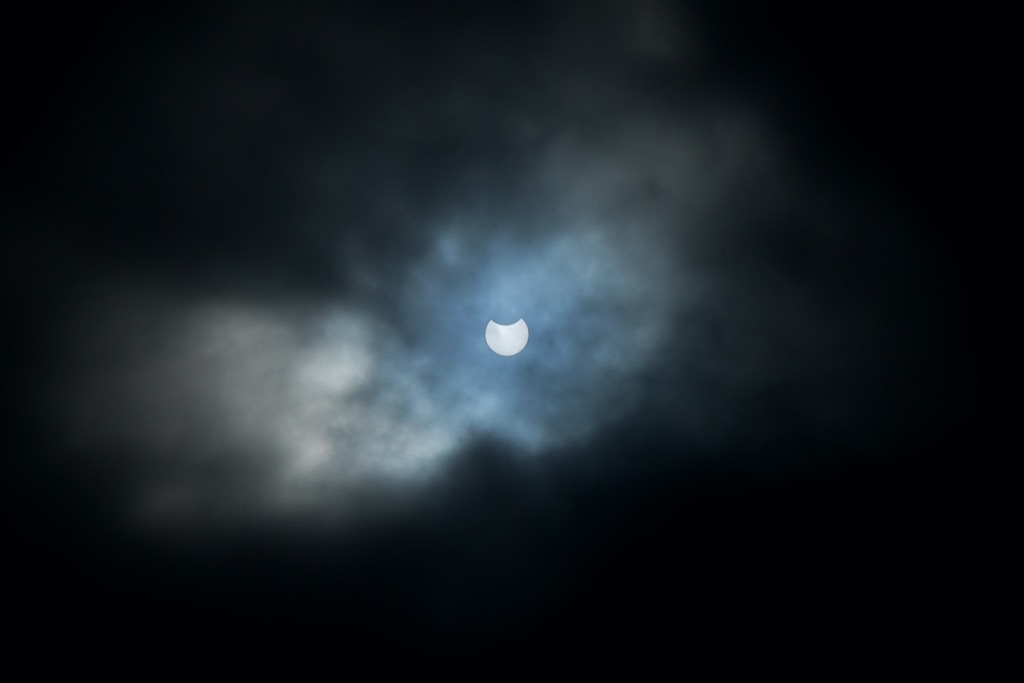
Having stared at clouds for all of two minutes, I knew exactly how Le Gentil felt. Fortunately for me, the cloud thinned into perfect eclipse-watching conditions: just enough cover to stop me frazzling my retina as I pointed the camera up in search of Instagram glory. The Moon passed in front of the Sun, munching a fair-sized bite from the disc. I love reminders like this that there is a hell of a big universe out there.
Notifications are blowing up.
*checks news*
Ah. There's an eclipse— Bonnie Tyler (@BonnieTOfficial) June 10, 2021




Comments